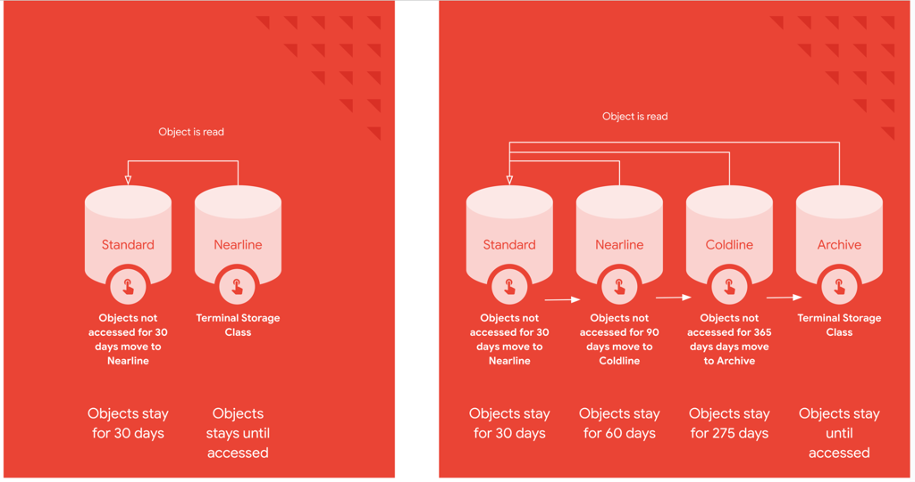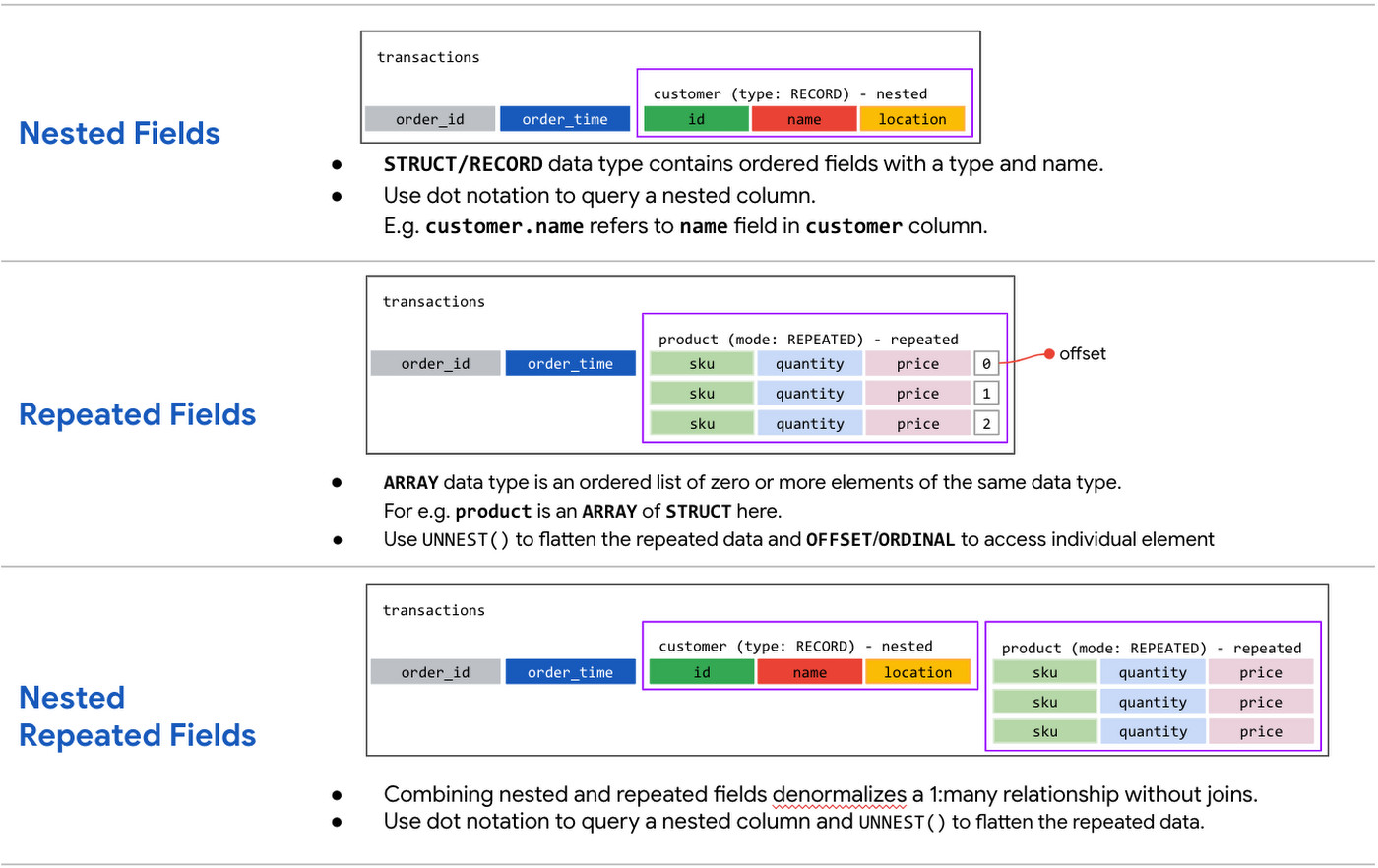As businesses grow, so does their data. Efficient data management becomes crucial—not just for performance but also to minimize costs. Google Cloud Storage offers two key features, Lifecycle Management and Autoclass, that provide flexibility and cost optimization by automating the data storage process.
Lifecycle Management: Keep Your Storage Lean and Cost-Effective
Lifecycle Management is essential for organizations looking to streamline storage by automatically managing data transitions and deletions. With customizable rules, you can:
- Transition Infrequent Data: Automatically move seldom-accessed data to lower-cost storage like Nearline or Coldline.
- Delete Expired Data: Remove data that no longer serves a purpose, like temporary logs or outdated backups.
This automation cuts down on manual maintenance and ensures storage efficiency, ideal for companies with large datasets or diverse usage patterns.
Autoclass: Dynamic Cost Optimization for Unpredictable Data
For data with unpredictable access trends, Autoclass automatically optimizes storage classes based on actual usage.
Overview of Google Cloud Storage Classes
Google Cloud Storage offers various storage classes tailored to different data needs:
- Standard: High-performance storage for frequently accessed data.
- Nearline: Cost-effective storage for data accessed less than once a month.
- Coldline: Lower-cost storage for data rarely accessed (e.g., once a year).
- Archive: The most affordable option for long-term storage with rare access needs.
Autoclass feature is ideal for:
- Seasonal or Trending Content: Autoclass can shift data, such as popular seasonal marketing assets, to higher-performance storage when demand spikes, then back to lower-cost classes as usage declines.
- User-Generated Content: In cases where content popularity varies, Autoclass adjusts storage classes dynamically, ensuring efficiency without manual intervention.
Why Use Both?
Combining Lifecycle Management for rule-based transitions with Autoclass for real-time adjustment creates an adaptive storage strategy. Together, these features enhance cost-efficiency and flexibility, enabling organizations to focus on growth without being burdened by manual data management.






